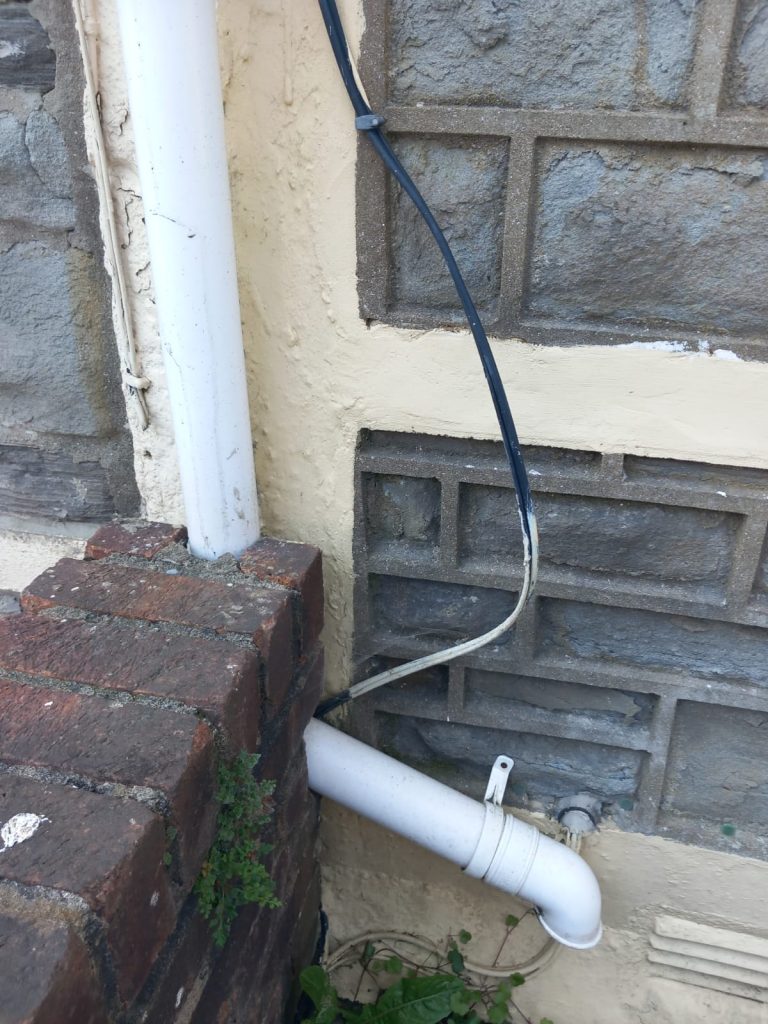A Rainwater Harvesting System
Rainwater is a precious resource that often goes to waste, running off roofs and pavements into the drains. However, with the implementation of rainwater harvesting systems, this valuable natural resource can be captured, stored, and utilized for various purposes. In this article, Blocked Drain Bristol will explore the concept of rainwater harvesting, its benefits, components, installation process, and much more.

Rainwater harvesting is the practice of collecting and storing rainwater for later use. It’s an ancient technique that has gained renewed interest in recent years due to its numerous benefits, especially in areas facing water scarcity. This eco-friendly practice not only conserves water but also reduces the load on municipal water supply systems.
Benefits of Rainwater Harvesting
- Water Conservation: Rainwater harvesting helps in conserving water, which is essential for the environment and for reducing our dependence on freshwater sources.
- Cost Savings: By using harvested rainwater for non-potable purposes like gardening and cleaning, homeowners can significantly reduce their water bills.
- Self-sufficiency: Having your own water source makes you less reliant on external water providers, which is crucial in times of water shortages.
How Rainwater Harvesting Works
Rainwater harvesting systems typically collect rainwater from rooftops and channel it into storage tanks or underground cisterns. This water is then filtered and treated for various uses, such as watering gardens, flushing toilets, and even for drinking with the right purification methods in place.
A typical rainwater harvesting system comprises several key components, including:
- Catchment Area – This is the surface where rainwater is collected. It’s usually the roof of a building.
- Gutters and Downpipes – These guide rainwater from the catchment area into storage tanks.
- Storage Tanks – These containers hold the harvested rainwater.
- First Flush Diverters – They help in diverting the initial runoff water, which may contain contaminants, away from the storage tank.
Installation Process
Installing a rainwater harvesting system involves several steps:
- Assessment: Determine the catchment area and estimate water requirements.
- Collection: Set up gutters and downpipes to channel water into storage tanks.
- Filtration: Implement filtration systems to remove debris and contaminants.
- Storage: Choose appropriate storage tanks based on your needs.
- Distribution: Install a pump and distribution system to utilize the stored water.
Maintenance and Upkeep
Proper maintenance is essential to keep your system efficient. Regularly clean gutters, replace filters, and ensure the storage tank is well-maintained.
Rainwater harvesting reduces stormwater runoff, which can carry pollutants into natural water bodies. By utilizing rainwater, we also lessen the burden on municipal water treatment plants and reduce energy consumption.
Economic Aspects
Although setting up a rainwater harvesting system requires an initial investment, the long-term savings on water bills make it a cost-effective solution.
Urban areas can benefit greatly from rainwater harvesting. It eases the strain on municipal water supplies and reduces the risk of flooding during heavy rainfall.
Rainwater Harvesting in Rural Areas
In rural areas, rainwater harvesting is crucial for providing a clean water source, especially in regions with limited access to safe drinking water.
Challenges may include system maintenance, initial setup costs, and ensuring water quality, but these can be addressed with proper planning and maintenance.
Future of Rainwater Harvesting
The future of rainwater harvesting is promising, with increasing awareness of water conservation and sustainability. More innovative and efficient systems are being developed.
Case Studies
Explore real-life examples of successful rainwater harvesting projects to gain insights into their practical implementation.
Rainwater harvesting is a sustainable and eco-friendly practice that holds immense potential for addressing water scarcity issues and reducing the strain on municipal water supplies. By implementing rainwater harvesting systems, we can take a significant step towards a more sustainable and water-secure future.
Frequently Asked Questions
- Is rainwater safe to drink without purification? While rainwater is generally clean, it’s advisable to purify it before drinking to ensure safety.
- What size of a catchment area is needed for a home system? It depends on your water needs, but typically, a standard-sized roof is sufficient.
- Are there government incentives for installing rainwater harvesting systems? In some regions, there might be incentives or rebates for eco-friendly initiatives like rainwater harvesting.
- How long does a rainwater harvesting system last? With proper maintenance, a well-built system can last for many years.
- Can I use rainwater for all my household needs? Rainwater can be used for non-potable purposes like watering plants, cleaning, and even for flushing toilets, but it should be purified for drinking and cooking.